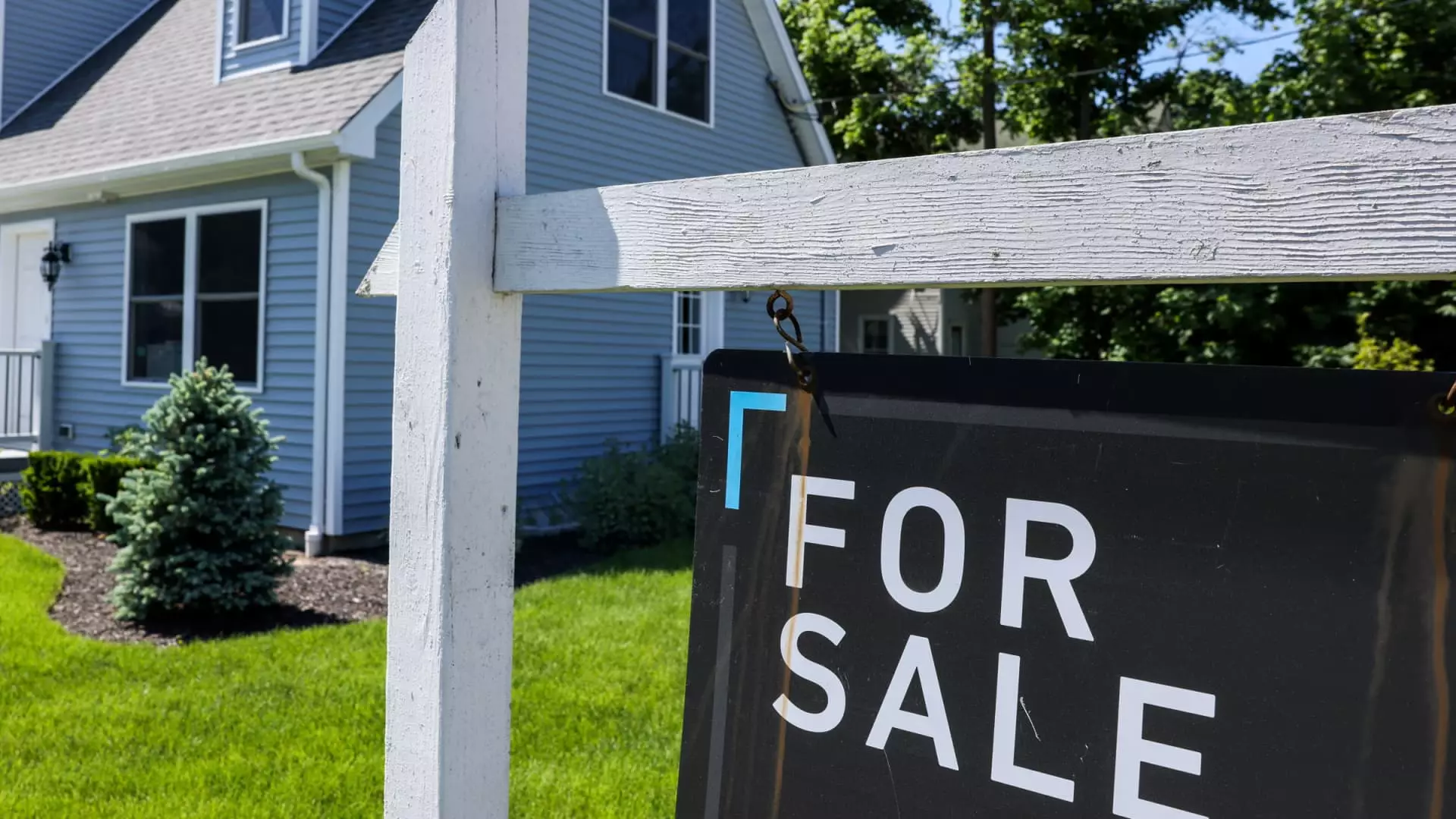Surprising Jump in Mortgage Demand Sparks Hope Amid Rising Rate Concerns

In a surprising turn, recent data indicates a notable surge in mortgage applications, defying expectations of stagnation. While interest rates inch upward once again, the market’s resilience underscores a deeper confidence among prospective homebuyers. This divergence reflects an underlying shift—improved housing inventory and stabilizing home prices are persuading more consumers to act, even as rate volatility persists. Such a scenario challenges the narrative that persistent high rates will ultimately dampen demand, hinting instead at a nuanced market dynamic where fundamentals sometimes override technical rate movements.
The Tale of Rates and Buyer Sentiment
The recent slight dip in 30-year fixed mortgage rates—down to 6.77% from 6.79%—might seem insignificant, but it dramatically impacted application volumes. Application activity shot up by 9.4% last week, with refinancing climbing notably by 9% and purchase applications rising equally. This rebound, especially amid the typical holiday lull, signals a pent-up willingness among consumers to finalize home purchases. What’s more, compared to the same period last year, purchase and refinance demands are significantly higher, revealing a resilient underlying appetite. It appears that with more housing options and slowing price increases, buyers are becoming less cautious and more motivated.
Unusual Market Conditions and Consumer Caution
Despite these positive signals, complexities remain. Consumer sentiment remains fragile, and high contract cancellation rates cast a shadow over the apparent optimism. Pending sales, an indicator of signed contracts, have not been growing at the same pace as mortgage applications. This discrepancy suggests that buyers are willing to apply but remain cautious about closing deals, possibly waiting for clearer market signals or further rate stabilization. The recent uptick in mortgage rates after the holiday indicates ongoing volatility, yet analysts suggest this may be a temporary correction rather than a trend reversal.
Implications for Future Housing Market Trends
The current scenario presents a paradox: rising rates and rising demand coexist, driven largely by improved housing affordability and inventory. As mortgage sizes shrink to the lowest since early 2025, a signal emerges that sub-$500,000 homes are regaining appeal among buyers seeking value and stability. This dynamic could foster a more balanced market that tempers fears of a sharp slowdown. Still, cautious optimism remains prudent given the uncertain consumer outlook and the potential for rates to climb further, which could temper the enthusiasm seen in recent application data.
A Cautious Outlook Amid Market Resilience
From a center-right liberal perspective, these developments highlight the importance of maintaining a balanced approach—supporting market flexibility while safeguarding against overheated speculation. While the recent uptick in mortgage demand is promising, policymakers should remain vigilant about external factors like rate hikes and consumer confidence that could impact the market’s trajectory. It’s essential to recognize that in such a mixed landscape, the real strength lies in steady fundamentals, not short-term rate fluctuations. The resilience of mortgage applications underscores a broader truth: the housing market’s recovery hinges on sustained economic stability, manageable borrowing costs, and continued supply growth—factors that need careful nurturing rather than reliance on transient rate dips.





